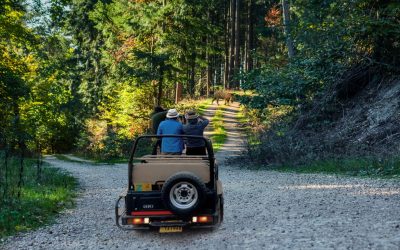
National Chambal Gharial Sanctuary, Standing with Her Grandeur Just a Small Drive Away from Ranthambore National Park
In the regal state of Rajasthan, Ranthambore National Park is nestled, keeping the Sawai Madhopur city at 13.5 kilometers away. The reserve is a nurturing dwelling for several different species like sloth beers, caracal, golden jackal, northern plain gray langur, various breeds of dears such chital, chinkara, sambar, and more. But the real essence of…











